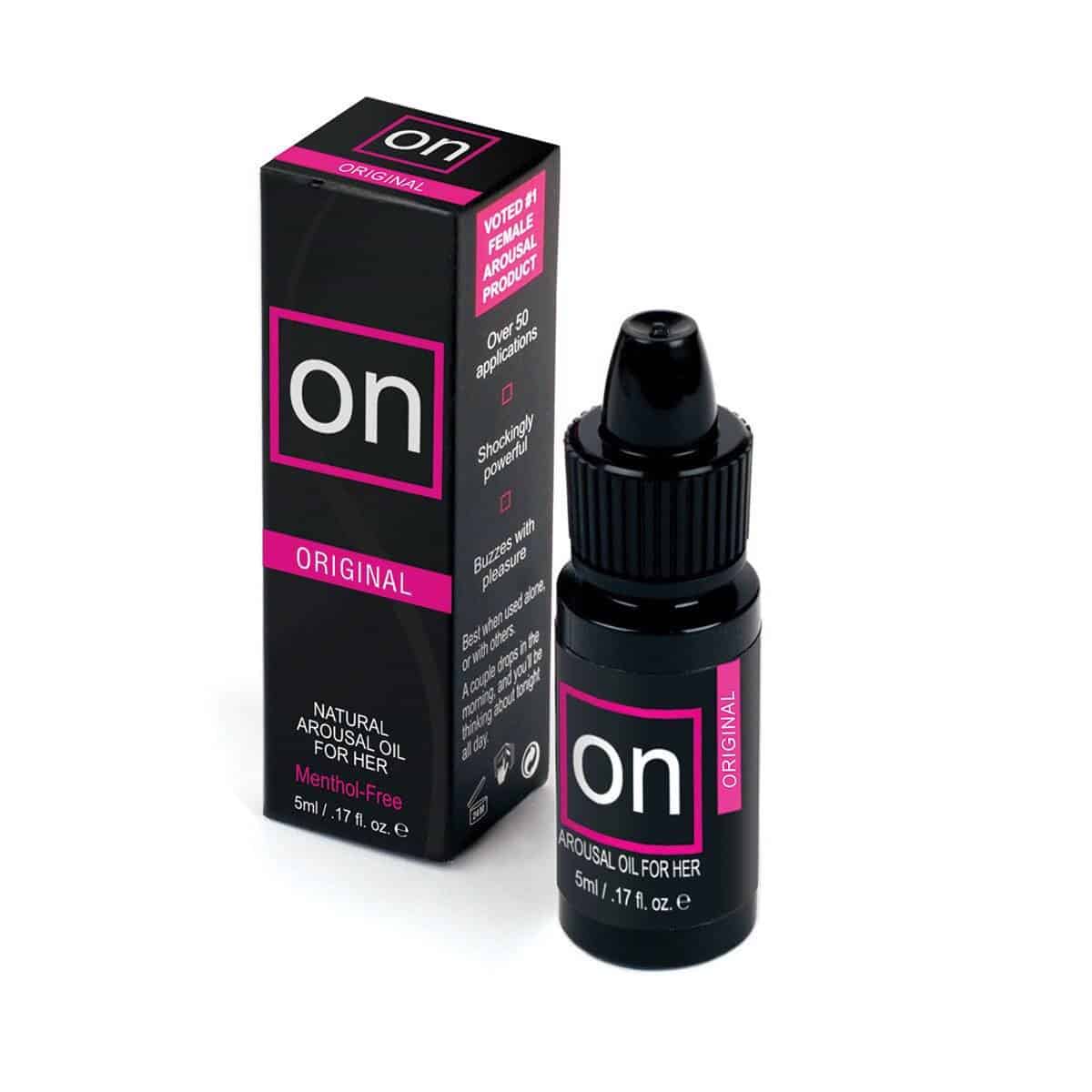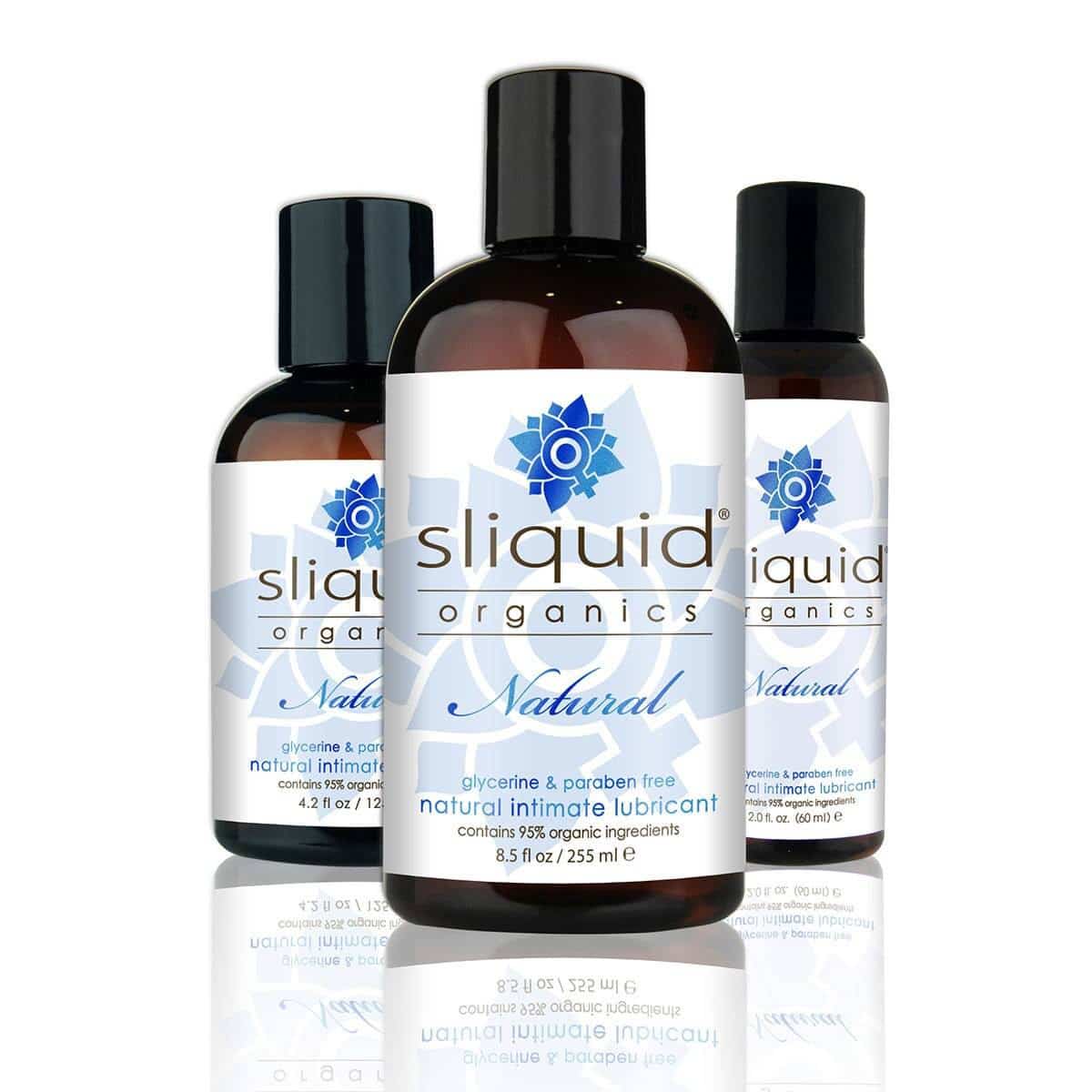The Science of Orgasms
Most people would agree that orgasms are pretty awesome. They feel amazing and provide a whole plethora of benefits. But have you ever wondered what exactly goes on during an orgasm? Let’s break it down. After all, knowledge is power and in this case, “power” comes in the form of experiencing more pleasure. Cheers to that!
THE BASICS . . .
What is an orgasm?
At the most basic level, an orgasm is simply a series of muscle contractions. For women, these contractions occur in a rhythmic pattern, like the beat in a song. The contractions often, but not always, are accompanied by lots of pleasurable sensations, full body muscle spasms, and a feeling of release or letting go. This means there are different “levels” of orgasm, from quiet whispers to full body, curtain-climbing fireworks. So if you kind of feel like you got there but then there was just…nothing? It was an orgasm. 🙂
The Sexual Response Cycle
Leading up to and during the Big O, your heart rate, blood pressure, and breathing increase. After an orgasm, there are often feelings of deep relaxation and satiation.
In order to reach orgasm, your body must go through a sequence of physical and emotional changes as you become aroused.
Phase 1: Excitement
This is where arousal begins either by initial contact or in your mind. [Read more about how the brain is the largest and most important sex organ. Examples may include but are not limited to: kissing; watching your partner undress; reading erotic fiction; watching pornography; talking dirty.
This phase, which lasts from a few minutes to many hours, can include:
– Blood flow to the genital area increases (swelling of a woman’s clitoris and labia minor (inner lips) and erection of a penis)
– Muscle tension increases
– Breathing is accelerated
– Vaginal lubrication for women increases
– Skin is flushed
– Nipples are hardened or erect
– Women’s breasts are fuller and vaginal walls begin to swell
– Men’s testicles swell, scrotum tightens and discharge of lubricating liquid
Phase 2: Plateau
For women, this phase is dominated by increased blood flow to the clitoris and vaginal walls. Breathing and heart rate also increases. This is right before you orgasm.
This phase, which lasts only a few seconds, can include:
– The changes in Phase 1 increase
– The vagina continues to swell from increased blood flow and the vaginal walls turn a dark purple
– The woman’s clitoris becomes very sensitive and retracts under the clitoral hood
– The man’s testicles are withdrawn up into the scrotum
– Muscle spasms may begin in the feet, face, and hands
Phase 3: Orgasm
This is the climax of the sexual response cycle.
This phase can include:
– Involuntary muscle contractions
– Blood pressure, heart rate, and breathing are at their highest rates with a rapid intake of oxygen.
– Muscles spam in the feet
– Sudden any maybe forceful release of sexual tension
– Women’s vagina muscles and uterus contracts
– Some men ejaculate semen
– A rash or “sex flush” may appear on the body
Phase 4: Resolution
This is the final stage of the sexual response cycle. Blood flow decreases and the body returns to its normal state. This phase is marked by a state of calmness, enhanced intimacy and, for many, fatigue.
Men experience a refractory period during which time they cannot get another erection or orgasm. This refractory period varies among men and unfortunately gets longer as men age. Women don’t have a refractory period and some report feeling even more aroused post-climax. Therefore, women can experience sequential and multiple orgasms.
What’s the difference?
Sequential orgasms happen one immediately after another; as one stops, the next begins. Multiple orgasms happen over a longer period of time. Men can also experience multiples if they want to keep going after the refractory period.
Must you ejaculate to have an orgasm?
No. People of all genders can climax without it!
What muscles contract during an orgasm?
Those would be the muscles of the uterus, vagina, pelvis, penis, anus, and prostate gland. These are known as the pelvic diaphragm and the urogenital muscles. They support your pelvic organs (e.g. bladder, uterus, and prostate) and help you stop the flow of pee midstream. The PC muscles, which you may have heard of or even strengthened through Kegels exercises, are part of this system.
Because everything in the human body is connected to everything else (true story!), when these muscles contract they may also send the signal to surrounding muscle groups, like your abs and legs. This is why many people experience leg twitches, arch their back, or curl up during orgasm.
Are there different types of orgasms?
Women can experience both clitoral and G-spot orgasms. Clitoral orgasms include those that happen during penetration because the clitoris includes more than just that “little button” you can see outside the body. This internal clitoris can be stimulated in a variety of ways including vulva massage and penetration.
The G-spot, however, is made up of a different a type of tissue. A G-spot orgasm often feels stronger and spread out over a larger area than a clitoral one. In other words, rather than the pleasure and good feeling being focused in and around the vulva, it spreads throughout the body.
What’s the best way to reach orgasm?
Whatever way feels best to you! Keep in mind that approximately 70% of women need some sort of clitoral stimulation to orgasm.
I want a stronger or more frequent orgasm. What can I do to achieve them?
Three things: strengthen your orgasm muscles, sexual stimulants, and practice!
1. The best way to strengthen your orgasm muscles is through a combination of both core work (abs and butt exercises) and Kegels. Kegels exercisers or ben wa balls help with the latter. They are great to wear during workouts for an extra special exercise routine! Our favorites is Elvie.
2. Sexual stimulants increase blood flow to the genitals. Essentially this helps you get aroused more easily and makes everything down there more sensitive. Our best selling sexual stimulant is ON Arousal Oil and Gel.
3. Practice makes perfect, right? Practice edging – bringing yourself right there (you know — just before you orgasm) — and then stop. Do this again if you’d like. As it gets easier, bring yourself closer and closer until you just can’t take it anymore.
I struggle with orgasm. Why is that, and what can I do?
There are both physical and psychological reasons people struggle to orgasm. New research shows that what you think about during sex has a huge impact on your ability to climax. Other people may simply need to use more personal lubricant have longer foreplay or need a high-quality premium vibrator. For others, anxiety or a history of trauma may make it difficult to enjoy pleasure and touch.
Our favorite lubricant is Sliquid Organics Natural Water-Based Lubricant, which is wet and adds to your own natural lubrication.
If you want something slicker that never dries out and is excellent for water play, then try Uberlube Silicone Lubricant.











